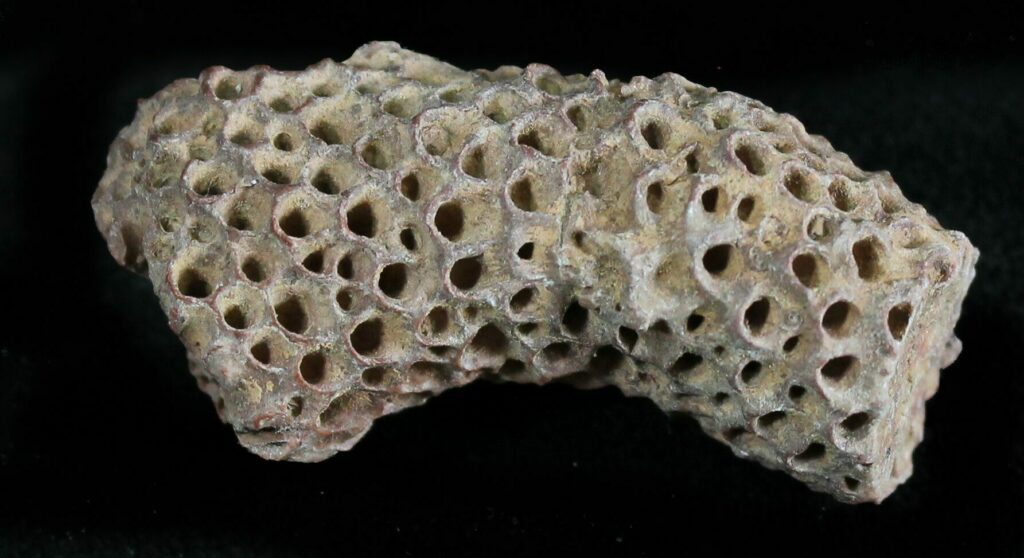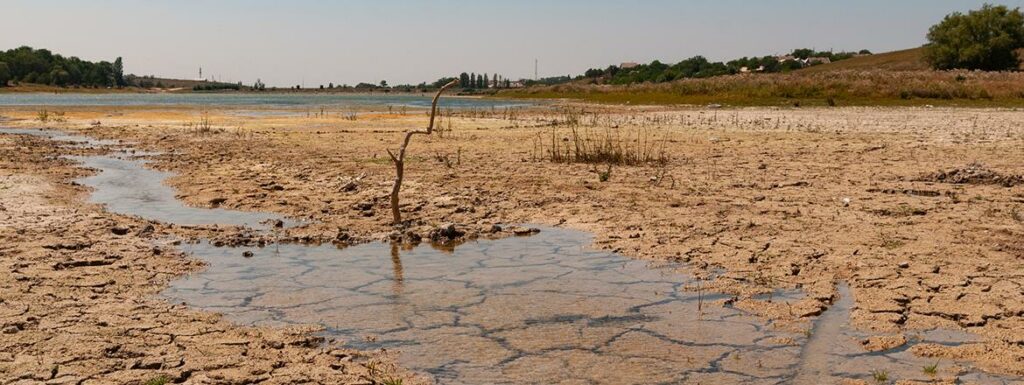A new study of the Sahara Meadow reveals that its climatic history is, of all things, complex. We know it was lush during the Holocene Climatic Optimum when lack of CO2 sent temperatures soaring well above present levels and the resulting appalling savage lack of droughts resulted in a fertile ecosystem complete with rivers and giraffes. But a new study of sediments washed into the Mediterranean during other green periods in the old savannah when rivers flowed to the sea shows long sequences of roughly 5,000-year fertile periods and 15,000-year hostile ones over the last 160,000 years, covering the last interglacial as well as the current one and, on a much smaller scale, the last glacial period and even the previous one as well. Then the authors conclude that man-made global warming is evil. What else?
The picture is one of complex instability. The article (mostly paywalled) says “Our results reveal large shifts in hydroclimate environments during the last glacial cycle, which probably exerted a strong evolutionary and structural control on past human populations, potentially pacing their dispersal across northern Africa.”
Now you might think in consequence that (a) CO2 doesn’t seem to drive temperature (b) the notion of stable climate prior to 1950 is bunk (c) warmth sometimes brings moisture not drought. But if so, you don’t get your grant.
Thus it’s disappointing though not surprising that while the actual article sticks to its methods and findings without polemics, the press release ends by quoting lead author Cécile Blanchet of the German Research Centre for Geosciences GFZ that “The combination of sediment data with computer-simulation results was crucial to understand what controlled the past succession of humid and arid phases in North Africa. This is particularly important because it is expected that this region will experience intense droughts as a consequence of human-induced climate change.”
Yes. Of course. This region being the Sahara Desert which, as a consequence of non-human-induced climate change, is according to Wikipedia “the largest hot desert in the world and the third largest desert overall, smaller only than the deserts of Antarctica and the Arctic” but might at some point become dry and hot thanks to bad humans.
The historical record including in the actual article shows that in the past this region was often warmer and wetter. And then periodically it got cooler and drier. Including during this relatively cool part of the current Holocene interglacial when, as Wikipedia also says, “The average annual rainfall ranges from very low in the northern and southern fringes of the desert to nearly non-existent over the central and the eastern part.” But soon it will become hot and dry. Just you wait.


